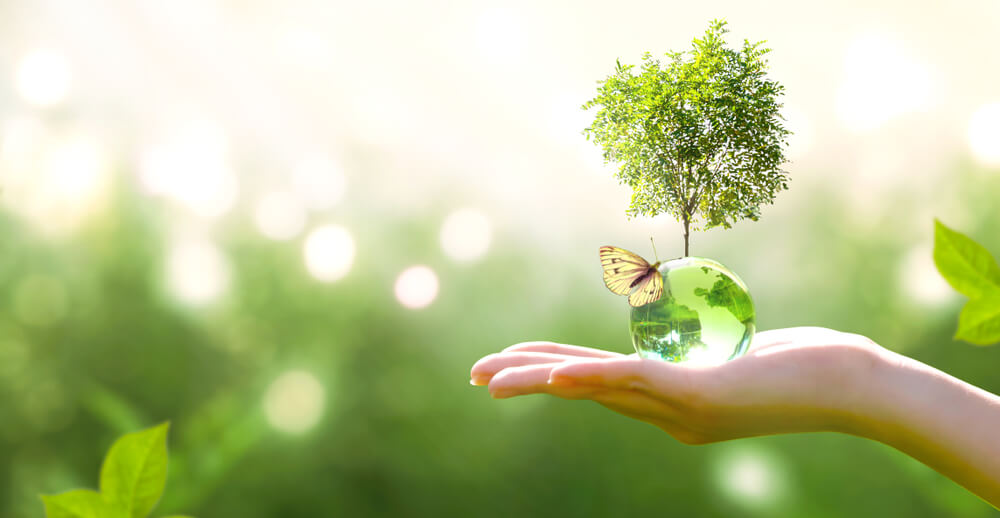
Why ReUse? The simple answer is to sustain the planet for our future generations.
Single-use disposables especially for take-out (i.e., wrappings, clamshells, cups, cutlery, etc.) end up clogging our waterways and littering our streets. Littering harms both the wildlife and us and causes a strain on government expenses for cleanup. Toxins from the litter enter our water supply and soil, which can contaminate food. Landfills can cause air pollution by emitting dust and gases.
One of the best choices we can make is to decrease our reliance on single-use plastic and disposables is to invest in reusable products and solutions. While recycling is a great idea, it requires a lot of energy and only 9% of plastic is recycled on an annual basis. Reducing and reusing are the way of the future.
What are the environmental benefits of ReUse?
There are three main environmental benefits to using reusable products.
- Reuse reduces greenhouse gas emissions
- Reuse saves water
- Reuse minimizes waste at the landfill while reducing operating costs
ReUse reduces greenhouse gas emissions
According to a study done by John Wentz, Ph.D. University of St. Thomas, reusable polypropylene cups have the lowest carbon emission impact compared to single-use cups if they are washed and used at least six times. We ReUse polypropylene cups can be washed and reused hundreds of times and have been Ecolab tested for 1000 washes. The cups are made of the highest quality, BPA-free plastic and made in the U.S.A.

Key findings from the life cycle study done by John Wentz:
- A reusable Polypropylene (PP) cup has the lowest carbon impact compared to single-use Polyethylene (PET) and/or Polylactic acid (PLA).
- Polypropylene cups will continue to have a more substantial impact on the environment each time it is reused.
- Among single-use cups, PET had the lowest energy consumption and greenhouse gas emissions, but more than double the emissions of reusable solutions. PET is used to create 80% of all single-use plastic bottles.
- Aluminum cups were the worst, creating the most greenhouse gas emissions compared to the other single-use options.
ReUse saves water
Water is one of our most precious resources, and single-use dining products are a massive driver of its depletion.
According to Upstream Solutions, making 500 single-use paper cups requires 370 gallons of water, while making one ceramic cup and washing it 500 times requires only 53 gallons of water. By using efficient dishwashing equipment, reusable dining products can reduce overall energy usage by 45%.

ReUse minimizes waste at the landfill

The United States produces more than 30 percent of the entire world’s total waste, even though it has only 4 percent of the world’s people. Single-use disposables increase business costs by buying and shipping single-use products, predominantly made outside of the U.S. However, businesses’ biggest expense is the excessive amount they pay to haul the waste. There are also added costs to businesses, universities and city governments for litter cleanup and managing landfill waste. Substituting reusable products for single use prevents waste and saves businesses and taxpayers money.
ReUse reduces business operating expenses, spurs job creation, and promotes economic growth
Organizations can reduce waste hauling costs by reducing trips to and from landfills. Purchasing reusable products as opposed to purchasing one-time-use containers over and over can save businesses money. Businesses that save money with reusables can sink their extra bottom-line funds into hiring more employees, spurring economic growth. Cities and municipalities nationwide offer dishwashing services to businesses wishing to use reusables. This new dishwashing offering can provide jobs for disadvantaged communities.
Like stated earlier reducing and reusing is the way of the future. At We ReUse we are creating a better world by eliminating single use and reducing the carbon footprint!
